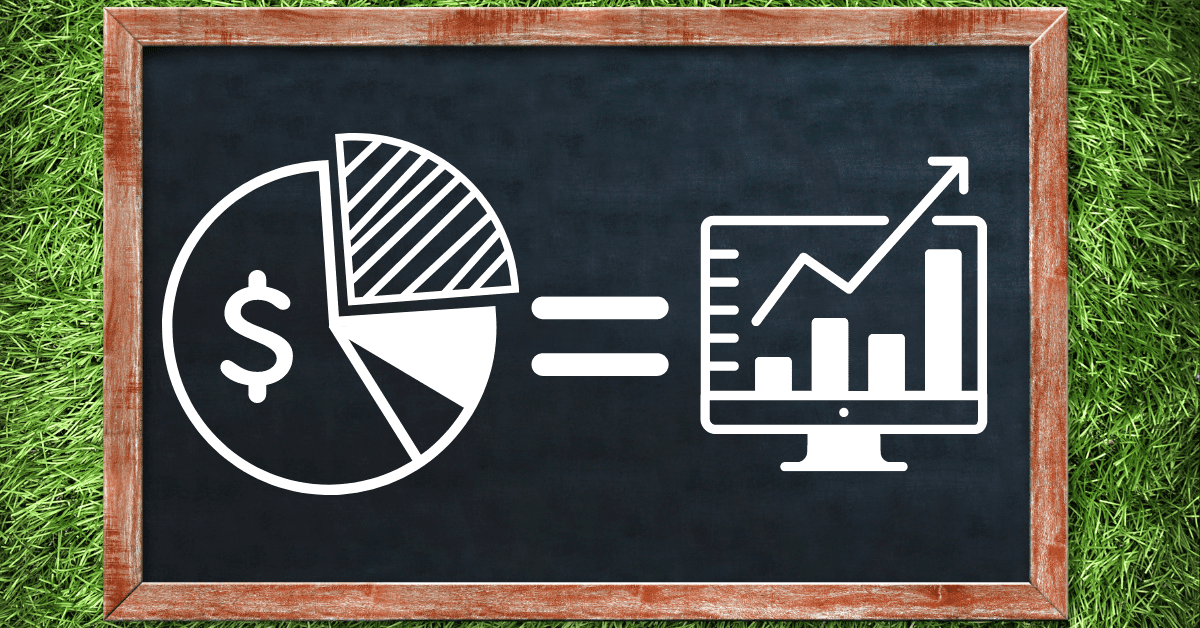
When it comes to making a profit, there is significant confusion between markup and margins.
“When we say the word markups, there are markups for recovering overhead and then there are markups for recovering what we call labor burden,” says Tony Bass, founder of Tony Bass Consulting. “There are markups for profit. In my view and in the process that I teach contractors, there are several steps of markups. The first step of marking up is to recover the labor burden. The second step is to recover overhead and then the third step is to mark up for profit.”
No two companies are the same when it comes to their labor burden and overhead costs, so there isn’t one set amount you can use for marking things up. Bass says larger companies tend to have lower markup for overhead recovery as they can distribute costs across a larger revenue stream.
Failure to understand the difference between markup and margins can result in incorrect price setting. If your pricing is too low or too high, it can result in lost sales or profits.
David Arnold, managing partner at Two Twelve Advisors, LLC, says that owners should look at their desired net profit and compare this to how much it costs to operate the company. You have to determine what is sustainable and if there are some efficiencies that can be made.
Andrew Dickson, vice president of operations with LandOpt, explains that if you want to make a 40 percent gross profit margin, you can’t just mark your costs up by 40 percent. He says this is something that a lot of landscapers have a hard time understanding.
For instance, if you sell a service for $100, but it costs $70 to complete the service between labor and materials used, the gross profit margin is $30. Markup percentage is calculated as the markup amount divided by the product cost, which in this example would be 42.9 percent.
If you want to reach a certain gross profit margin, your markup percentage must be higher than your margin percentage. To determine the selling price based on a desired gross margin, plug in your desired margin, say 35 percent, into the formula below.
Markup = [0.35 / (1 – 0.35) X 100]
The resulting markup percentage, in this case, would be 54 percent, which is how much your services need to be marked up in order to have a 35 percent gross profit margin.
Bass encourages shooting for a 15 to 25 percent profit margin because the demand is so great and inflation is so high.
“Profit is up to what the owner is comfortable making and what their market will bear,” Scott Burk, president of Scott’s Landscaping based in Centre Hall, Pennsylvania. “Industry standard is 15-20 percent net profit. Net profit is the money you are left with after you have paid all direct and indirect costs. Many companies do not understand their indirect costs, so they cannot accurately report their net profit. These companies will report 45-50 percent ‘profit’ and really, they are reporting gross profit. Gross profit is the amount you are left with after paying all your direct costs for a project. Your indirect costs or overhead still need to be deducted from gross profit. Industry standard is 22-25 percent overhead. Again, this can vary from company to company.”

